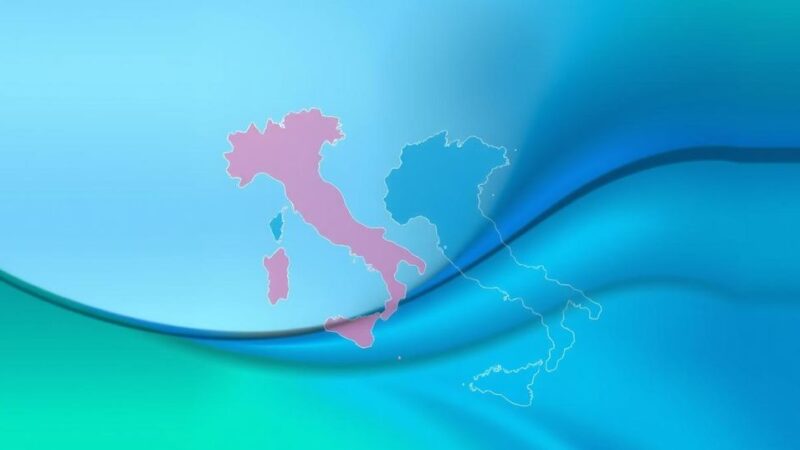Hurricane Rafael has intensified in the Gulf of Mexico after striking Cuba, now classified as a Category 3 hurricane with maximum winds of 120 mph. Severe conditions in Cuba led to widespread power outages and flooding. Rafael is expected to weaken, moving west at 9 mph, potentially threatening the Mexican coast later into next week if it survives.
Hurricane Rafael has evidenced significant intensification while traversing the Gulf of Mexico, following its impactful landfall on Cuba where it inflicted substantial damage. Currently categorized as a Category 3 hurricane, Rafael’s trajectory remains westward at approximately 9 miles per hour, with maximum sustained winds reaching 120 miles per hour. Although fluctuations in intensity are anticipated, forecasts indicate a gradual weakening as it encounters drier atmospheric conditions and stronger wind shear throughout the weekend. The devastation caused by Hurricane Rafael in Cuba has been profound, resulting in widespread power outages and dangerous storm conditions. Local reports detailed wind gusts of up to 93 miles per hour in Havana, contributing to severe flooding and power breakage, leading to a significant number of residents being left in darkness. While tropical alerts have been lifted across Cuba, the situation remains critical as residents of the U.S. Gulf Coast prepare to monitor the hurricane’s developments closely. As of the latest briefing by the National Hurricane Center, Hurricane Rafael is approximately 245 miles north-northeast of Progreso, a coastal city on Mexico’s Yucatán Peninsula. Indications suggest that, if Rafael manages to persist into the next week, it may pose a threat to the Mexican coast due to its potential navigation into the western Gulf’s outskirts, where less unfavorable weather conditions might enable its sustenance.
Hurricane Rafael is part of the 2024 Atlantic hurricane season, which has experienced numerous storms impacting the Caribbean and Gulf Coast regions. Hurricanes are categorized based on their sustained wind speeds, impacting their potential for destruction and necessary precautionary measures. A major hurricane, significant storms can result in destructive winds, extensive flooding, and dangerous storm surges. Cuba has a history of being vulnerable to tropical cyclones due to its geographical location; therefore, storms like Rafael cause widespread concern among residents and authorities alike.
In summary, Hurricane Rafael has gained strength while moving through the Gulf of Mexico, following destructive contact with Cuba. While it is expected to weaken over the weekend, its path continues to be of immense interest for coastal regions, including Mexico. Residents and authorities remain vigilant as forecasters closely observe its fluctuating intensity and trajectory. The holistic understanding of Rafael’s path and its potential impact will be essential for effective preparedness and response efforts.
Original Source: www.fox13news.com





